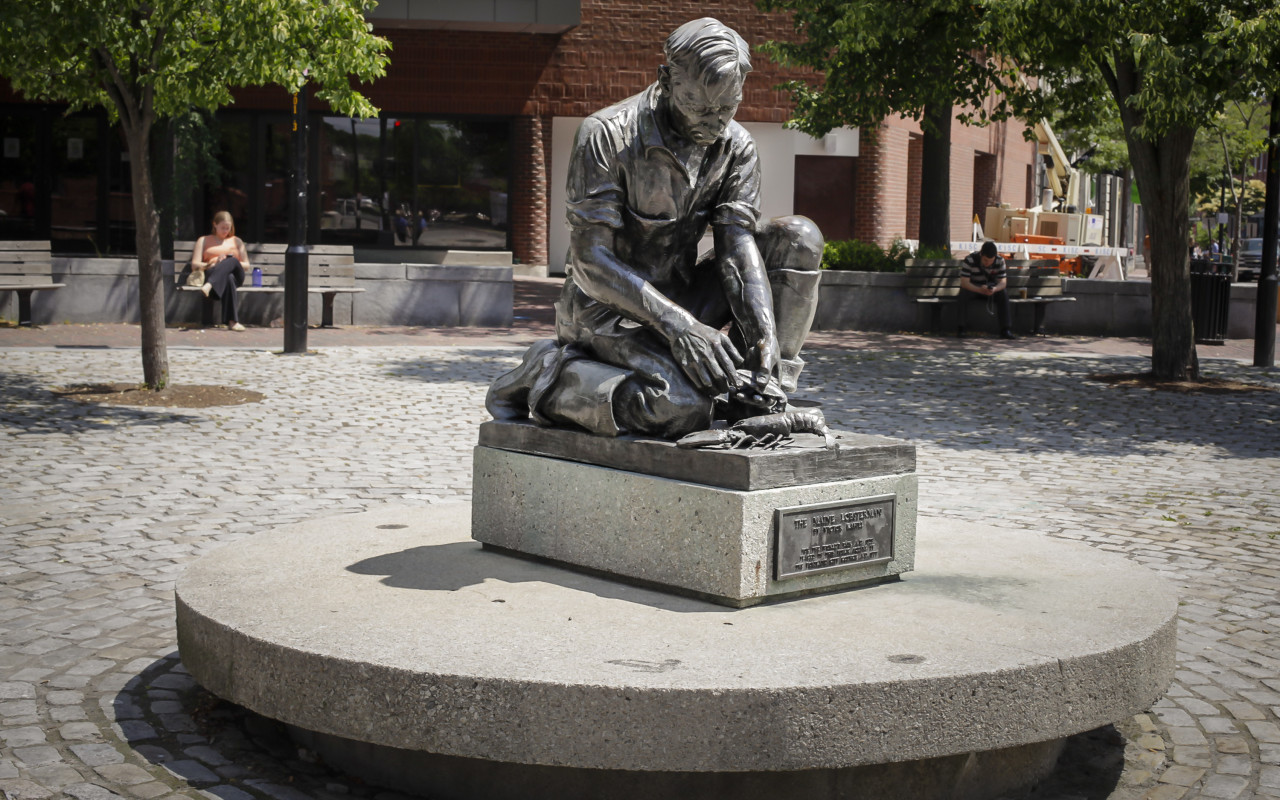The One and Only Lang Lobster (C)
Was it this lobster?





This one?

Or this one?

I hate to say this, but the answer is none of the above. It is this iconic one:

You say be asking yourself, "What in the world is this?" but I assure you, it does have something to do with synthesis. I'll get to it.
Synthesis reminds me of a distant relative to the DBQ of AP History. Given around seven documents, we are told to answer a prompt and use the sources to back up our argument. The synthetic prompt can even be answered without the sources (I did that and it was not very fun.), but for the purpose of this blog, I'm not going to focus on that aspect. However, I am going to concentrate on what I learned from writing a synthesis. (C)
The first one I ever wrote was on the mock exam where I received a 9. A NINE! I couldn't believe it and I was impressed that I could do so well on something I hadn't really learned before. But, once McMahon read it, she gave it a 7 or 8, which didn't really surprise me because it honestly wasn't THAT good. Anyways, this set the bar high for me because the only way I could go was down.

 | |
| My synthesis grade as it dropped. |
My grade did go down, but it was only because it was inflated, to begin with. But, by working with groups to go over the material, that proved to be very helpful. I collaborated with Melissa, Hannah, and Riley to create prompts, come up with ideas for possible body paragraphs, and figure out how the pieces converged and diverged. The latter proved to be more difficult, but by finding which articles fit together, it made writing a synthesis so much easier. (C)
Now we can come back to this:

It may seem like the lobster makes no sense, but I promise it will in one moment.
The monuments and memorial synthesis were one of the essays we worked on in a group. Lo and behold, the Maine Lobster Man Statue was a source. The old, unimportant structure was rusting and had been eaten by mice at one point or another and was built in the early 1900s. We quickly realized the lack of importance of this and how it was unwanted, but we needed to figure out how it connected to the other pieces. After some time, we connected it to the Christopher Colombus statue in a park in Pennsylvania. It was in an area that people rarely would care to visit and was unimportant to its location. As well, it portrayed a flawed man of history. The cruel human depicted didn't even discover the United States but there he was just standing alone in the park. By working together, we pieced together that the Lobsterman and Colombus statues converged: they were both unimportant to their location, nobody visited them, and the person portrayed wasn't someone that many looked up to. They were both bad ideas and that was how we connected them together for our synthesis. (C)


Comments
Post a Comment